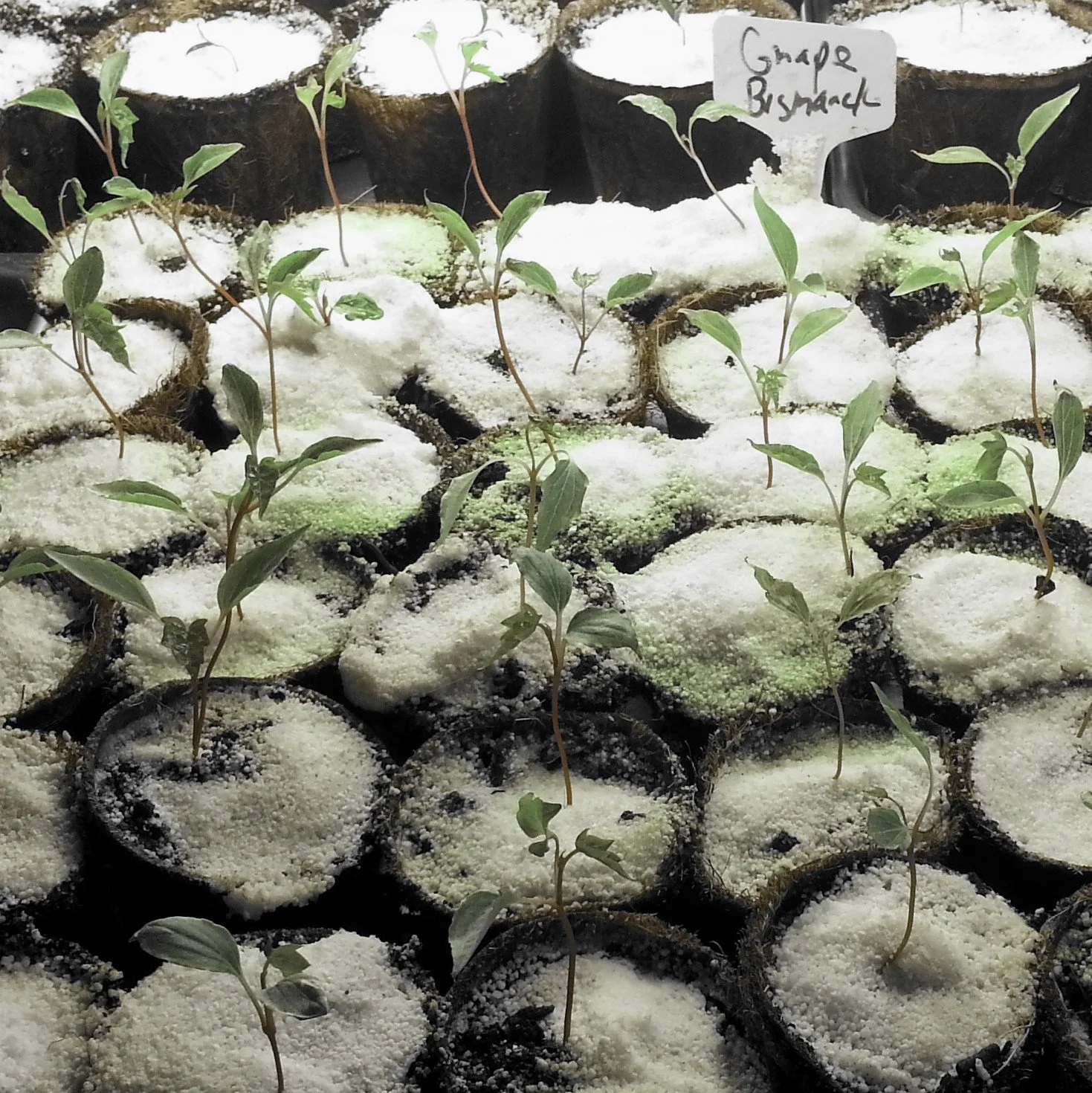WHERE TO FIND US
CONTACT
how it all began….
…. the road less travelled
The Story
Copper Boiler & Canoe Paddle
The first ever homebrew was started by friends in college. We brewed 50 gallon batches using syrup and licorice in an oval copper boiler stirred with a canoe paddle.
The beer fermented in a food-safe 55 gallon Rubbermaid barrel. Bottling parties followed, using cases of bottles retrieved from the local liquor store the morning after.
A Chalkboard & a Pushcart
A couple decades later came the serious operations, as the guys honed their skills at trying recipes, measuring, monitoring, and deploying new weapons - mostly made of stainless steel - to insure success. Success was never very illusive. It encouraged scaling up, finding better and bigger stainless steel gear.
There was even this four hour class on brewing with whole grain which began with a chalkboard chemistry lesson, and ended with a tour of a pushcart fully plumbed for brewing. The brewer moved the brew down the line, turning valves on and off..
How Not to Fail at Failing
Once, a large batch of wheat beer did not cool down fast enough, as evidenced by a distinct banana odor. It was kegged anyway and set aside. Maybe a year later, we decided to pour it down the drain, but first, have a sip. Surprisingly, it reminded us of a popular craft beer. It is just not that easy to fail, especially if you have the right equipment, most especially stainless steel.
Why does my beer taste like bananas?
“…it all comes down to the isoamyl acetate compound which is found in naturally high levels inside the banana plant. This compound is formed when isoamyl alcohol and acetic acid combine to form a new molecule which is more generally defined as ester. If you have ever purchased artificial banana flavoring, it is essentially just isoamyl acetate dissolved in ethanol. ..it is one of the off-flavors that will likely decrease over time.”
Joshua Bartlett - learningtohomebrew.com
The Expedition
Scrounging up bigger better affordable equipment began to take over the time we had for brewing. All this equipment was sent off to the farm, with expectation that the hobby could be a perk for the family’s pheasant hunting enterprise.
And there was land to grow barley. Grow hops.
A south-facing slope for winter hardy grapes.
Hop Varieties which Grow Well in the Midwest
Cascade
Centennial
Chinook
Mount Hood
Nugget
Perle
Tetnang
Forest Management
North Dakota encourages proper management of the forests (otherwise known as shelter-belts - a government program to encourage tree planting in a belt stretching from North Dakota to Texas. Surely, it would mitigate the next dust bowl). We left our spreadsheets, picked up and headed back to the farm.
The guys removed five mile long rows of diseased elm trees with the little Kubota, to replace with hardier native species favorable to pheasant populations. The hard work was left to younger brother, keeping native species trees alive in North Dakota.
The Passage of Time & Dreams
“If I could put time in a bottle, and wishes all could come true..”
And so it goes. Life is short. Make the most of it.







